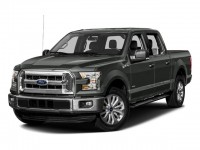 Last year, Tyla got me an OBDII data logger (Automatic) for my birthday and, of course, I ended up writing an app to download my trip data so I could analyze it. I still get those analysis reports twice per day and they continue to be interesting. For example, I don’t know why, but the last two weeks have had some of the worst traffic on my way home from work in the last year. Now that I have over a year of data, there’s enough to calculate some semi-interesting stats on my drives in our 2016 F150 3.5L Ecoboost:
Last year, Tyla got me an OBDII data logger (Automatic) for my birthday and, of course, I ended up writing an app to download my trip data so I could analyze it. I still get those analysis reports twice per day and they continue to be interesting. For example, I don’t know why, but the last two weeks have had some of the worst traffic on my way home from work in the last year. Now that I have over a year of data, there’s enough to calculate some semi-interesting stats on my drives in our 2016 F150 3.5L Ecoboost:
-
- The average trip to work takes me 26.3 minutes.
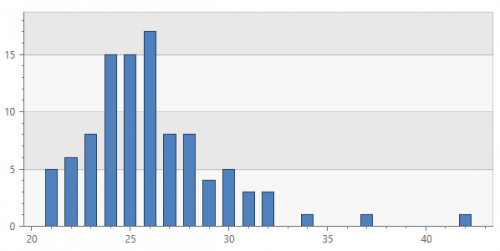
- The average trip home takes me 33.9 minutes.
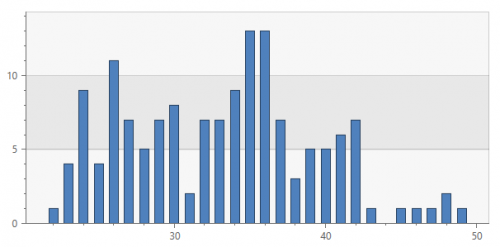
- It feels like if I leave work a couple minutes early, I’ll avoid the worst of the traffic. Here’s my average commute time based on when I leave. (The x-axis is in 24 hour time so 17 is 5pm.) The y-axis is my average commute home in minutes. It does look like if I leave about 10 minutes before 5 my commute is generally 5-10 minutes faster.
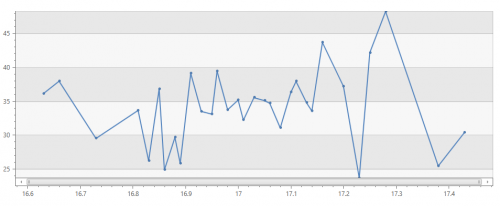
- My most fuel efficient trip was a 43.7mpg drive along the 3.5 mile route from my house to Home Depot. Not bad for a 5000 pound truck! (A lot of it is downhill and I like to see how little gas I can use on that route…)
- Best fuel mileage for a trip over 10 miles: Church to Totem Lake AutoZone 28.0mpg
- Best fuel mileage for a trip over 50 miles: Crystal Mountain to our house 24.7mpg
- My worst gas mileage is going from Work to the butcher. It’s a short trip and when it’s really cold, my truck spends the whole time idling at stop lights and trying to warm up. I’ve gotten 3.5mpg on that route a couple times!
- Of the days that I drive the truck, I spend an average of 69.3 minute driving.

- The most driving in one day was 366 minutes. That was May 25, 2018 when we drove down to Ocean Park for Memorial Day.
- The average trip to work takes me 26.3 minutes.
I love having all this data! I could do this all night but I should probably cut it off here and go to bed. By the way, all of these charts and stats were created with public preview of Azure Data Explorer. We’ve been using that product internally for a couple years and it makes stuff like the stats above ridiculously fast and easy. If you’re at all involved in data engineering or data analysis, you need to get familiar with Azure Data Explorer!

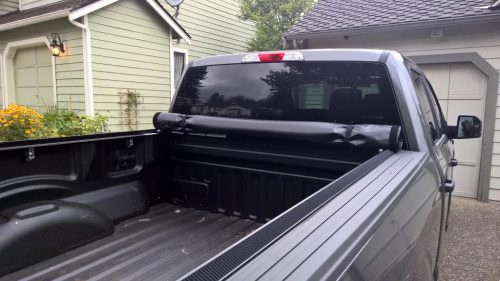
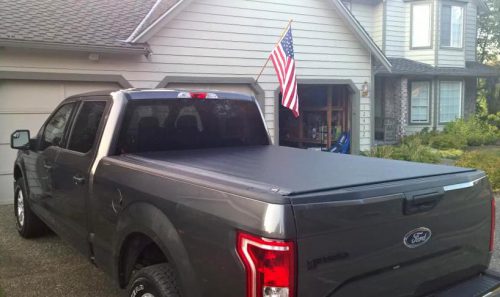
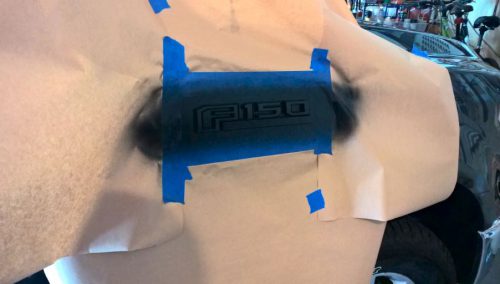
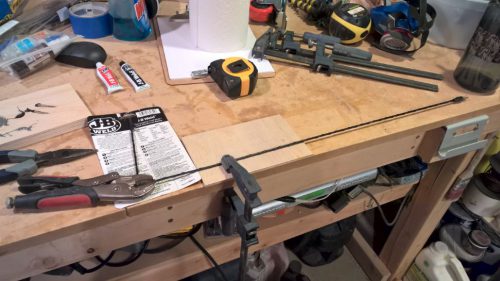
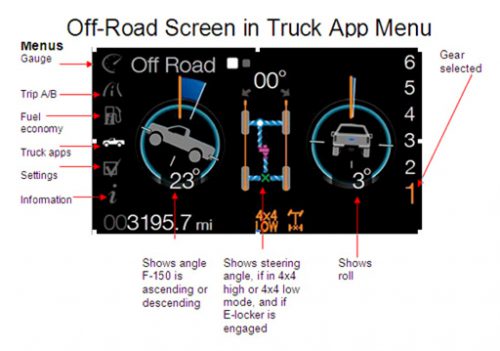
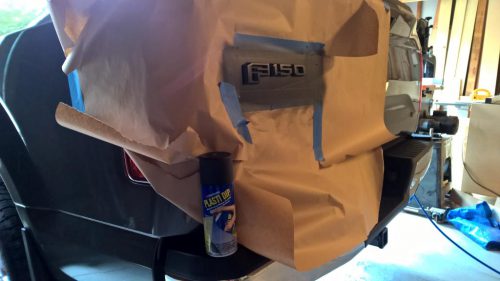
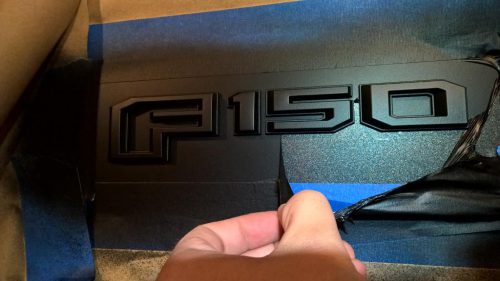
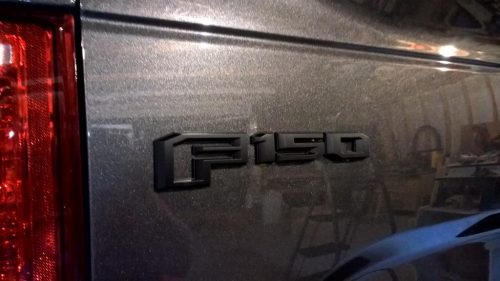
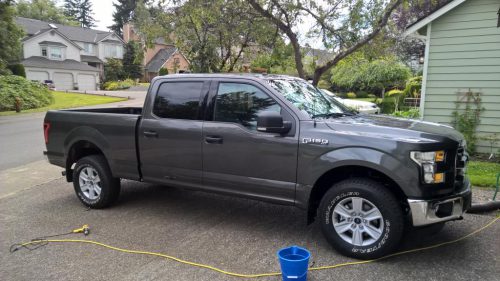
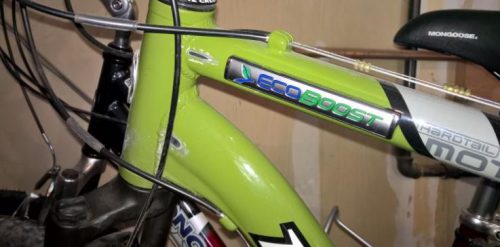

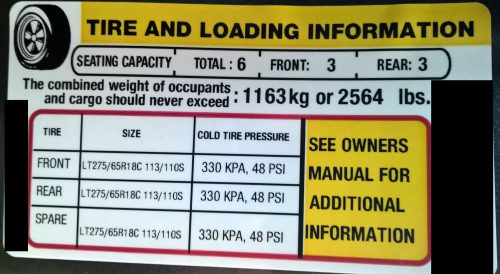
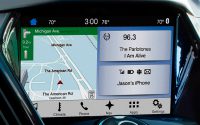 As I researched the possibility of ordering a new truck last year, I thought I’d save some money by skipping the Sync system. We have it on the Escape and, while it’s functional, it’s not WOW and for the extra cost, it should be at least 72% more wow. Then I heard that the 2016 F150s would be receiving the brand new Sync 3 system. It’s a complete overhaul and a break from the Microsoft system. The early reviews were very good so I went for it. So far, I’m glad I did. My main beef with Sync 2 is that it’s sluggish. Sync 3 is very responsive. I can pinch to zoom and get much faster reactions to touch selections.
As I researched the possibility of ordering a new truck last year, I thought I’d save some money by skipping the Sync system. We have it on the Escape and, while it’s functional, it’s not WOW and for the extra cost, it should be at least 72% more wow. Then I heard that the 2016 F150s would be receiving the brand new Sync 3 system. It’s a complete overhaul and a break from the Microsoft system. The early reviews were very good so I went for it. So far, I’m glad I did. My main beef with Sync 2 is that it’s sluggish. Sync 3 is very responsive. I can pinch to zoom and get much faster reactions to touch selections.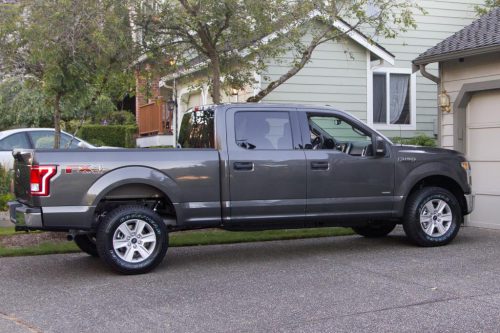
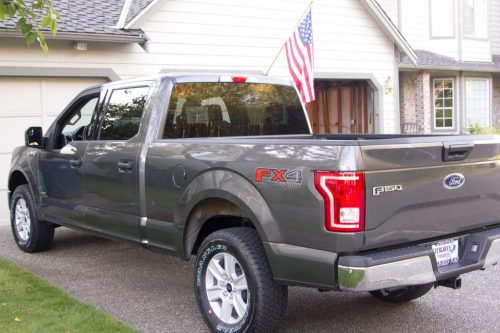
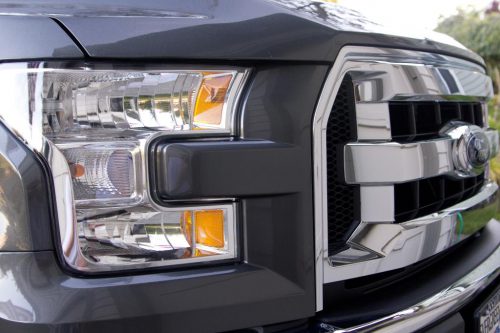
F150 Tonneau Cover
Shortly after I bough the truck, we took it on a weekend getaway. It rained on the way back so I tarped up. As I was fighting the tarp and the wind, I thought about how many times I’d be doing that over the course owning the truck. It didn’t take much to convince me to look for a better solution.
I ended up buying a TruXedo cover. They have a variety of models but I think I got the fanciest one: the Lo Pro QT. I paid about to have it $450 shipped from Amazon. If you order one, make sure you get the right size for your truck. Thanks to Jay for originally recommending this to me. Installation was pretty easy for me, but I heard that Don and Logan struggled with the install on Don’s truck recently.
Over the last 10 months I’ve grown to really enjoy this. Sure, it’s not as fancy as other retractable ones that roll down into the bed, but this one also cost a small fraction of the cost of those nicer models. I’ve used it to cover camping gear, trash for the dump, groceries and even loads of mulch and dirt. I can unroll it or roll it up in less than a minute and there’s very little vibration or flapping as I drive down the road.
There are no signs of wear or fading on it yet, but even if I have to buy another one in 5 or 10 years, I’ll still say it’s a good investment.